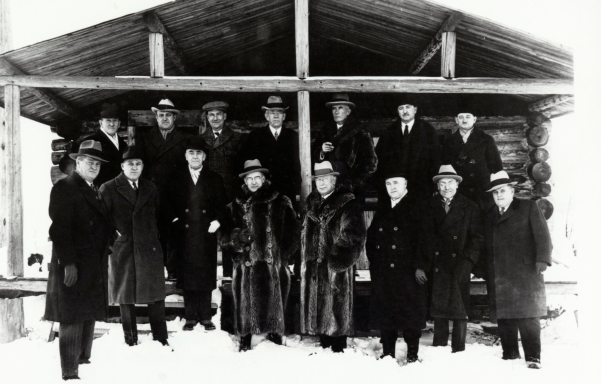http://www.chroniclejournal.com/
As efforts continue to obtain unanimous indigenous consent for two major access roads into Northern Ontario’s Ring of Fire mining belt, at least one First Nation is sounding reassured that its interests are being met.
Aroland First Nation Chief Dorothy Towedo said Wednesday the province has agreed to work with the band and fulfil its goal of becoming the Ring of Fire’s “gateway.” “Ontario is now clear,” Towedo said in a news release. “It is committed to working with Aroland and other First Nations for planning potential mining and related infrastructure developments.”
She added: “This commitment is a necessary part of obtaining consent.” Towedo said her community, located adjacent to an existing provincial highway near Nakina, felt assured after receiving a supportive letter from Northern Development and Mines Minister Michael Gravelle.























